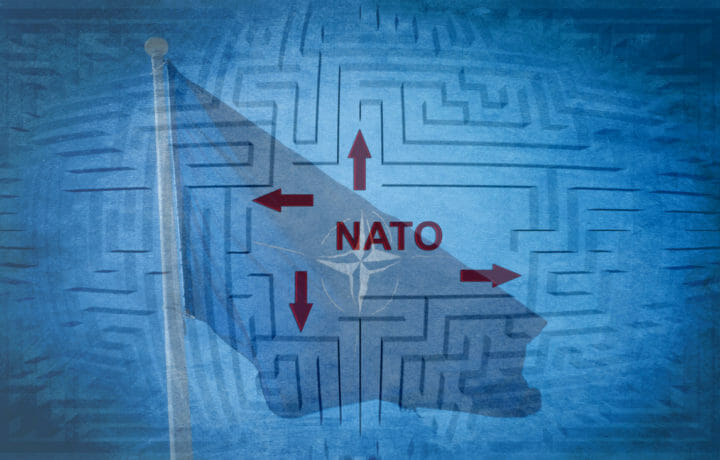With the Ukrainian crisis in full swing, NATO relevancy has become a major discussion point. The North Atlantic Treaty Organization (NATO) was founded after World War II by the U.S. and European allies to deter Soviet Union (USSR) expansion. After the fall of the USSR, NATO expansion continued to increase. The Ukraine was told by NATO in 2008 that it would be given the opportunity to join NATO someday, in the future. Russia has made it clear that this is a line in the sand that cannot be crossed.
Earlier this month, German Chancellor Olaf Scholz said the NATO membership was “not on the agenda” after talks with Volodymyr Zelenskyy in Kyiv, despite Ukraine’s continued membership aspirations. However, several of Ukraine’s allies in NATO, excluding Germany, have supplied Kyiv with weapons to prepare for a potential Russian invasion. Additionally, NATO has reinforced its eastern flank with additional troops and military hardware. Will NATO’s recent actions be enough to repel Russian advances in the Ukraine? If not, will NATO’s relevancy be in question?
Three Potential Paths for NATO After Ukraine Crisis
Russian President Putin has no greater desire than the retreat or collapse of NATO. Should NATO appear ambivalent during the Ukrainian crisis, difficult decisions may need to be made by member states. When looking at the future of NATO after the Ukrainian crisis, there are potentially three future directions for NATO.
1. Status Quo
The first is to continue the status quo approach, currently being tried and tested by Russia. NATO may very well endure and remain relevant in many areas, but it may not transition and finance into the entity needed for future conflict. It is projected that by 2024, only half of the member states will have reached the 2% spending benchmark on defense. Some members are failing to invest in any innovation, causing gaps in technology and impairing future interoperability. Further, some allies perceive more pressing security challenges, investing their time and resources elsewhere, to include the European Union (EU).
2. Revitalization
The second potential path is revitalization. NATO allies could rally with unity, purpose, political will, investment, strength, and transform into the alliance necessary for the next decade. The allies continue to value a strong U.S. presence in Europe over an EU Army. Therefore, for political and military reason, NATO inclusion and integration of EU investment would confirm NATO’s role as the primary force integrator, driving interoperability – essential for revitalization. Unfortunately, nothing would drive NATO revitalization faster than a protracted conflict with Russian in Ukraine.
3. Dissolution
The third direction would be to disband NATO. Credibility continues to be a concern for NATO, driving potential obsolescence due to numerous problems and issues. Cohesion, political desire, military capability, and relevancy appear to be wearing thin. Increasing nationalism, threat perceptions and the absence of U.S. leadership, are confounding the internal and external challenges. A disregard for common values and divergent interests, are causing defense budgets in some member states to decline. Some allies even have open conflict with each other, such as Greece and Turkey’s challenges over the Eastern Mediterranean. This past fall, NATO’s credibility was further weakened for the abandonment of the Afghan government, leaving the country in shambles under Taliban Rule. Drawing much criticism from member states, creation of an EU Army was back on the table for discussion shortly after the withdrawal.
The military alliance among the United States, Europe and Canada is NATO. It has deterred Soviet and Russian aggression for 70 years. Let’s trust that it will not take war to revitalize NATO’s relevancy and that our allies hold fast against future aggressors.




